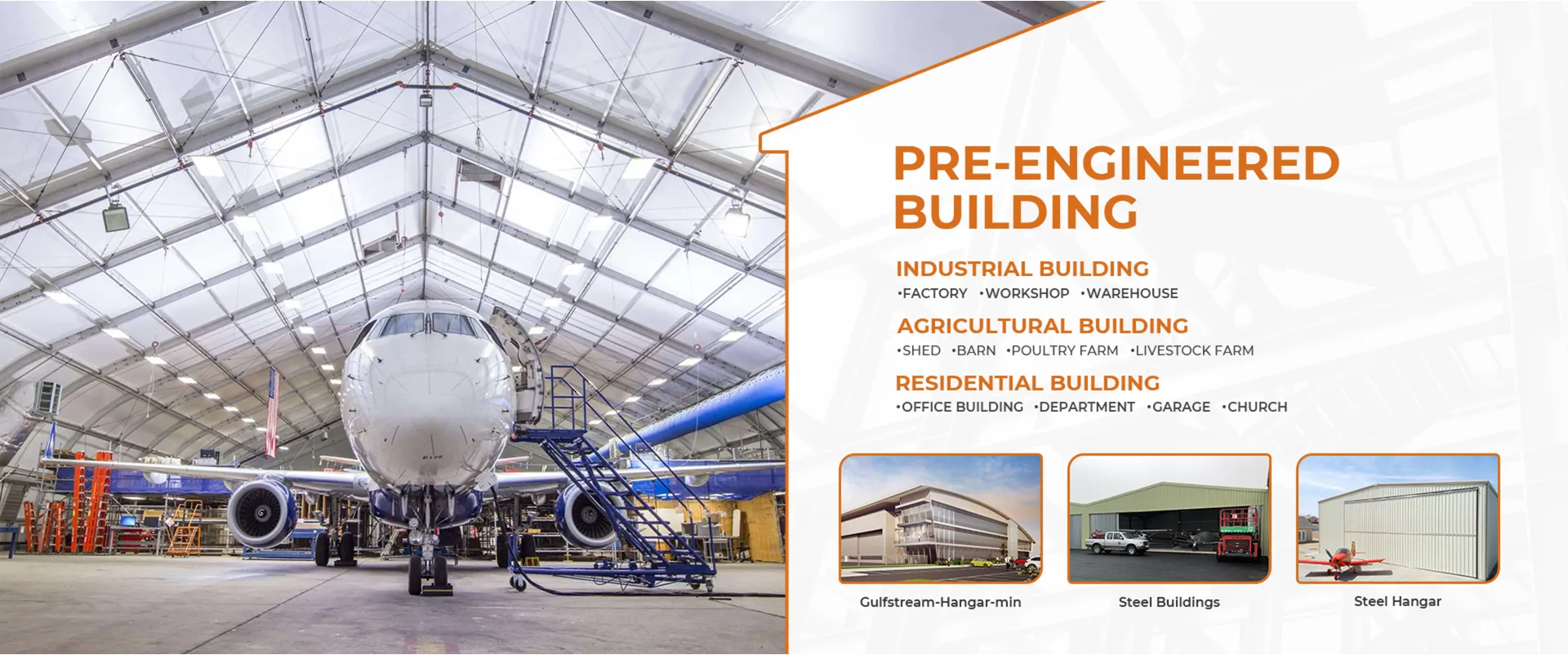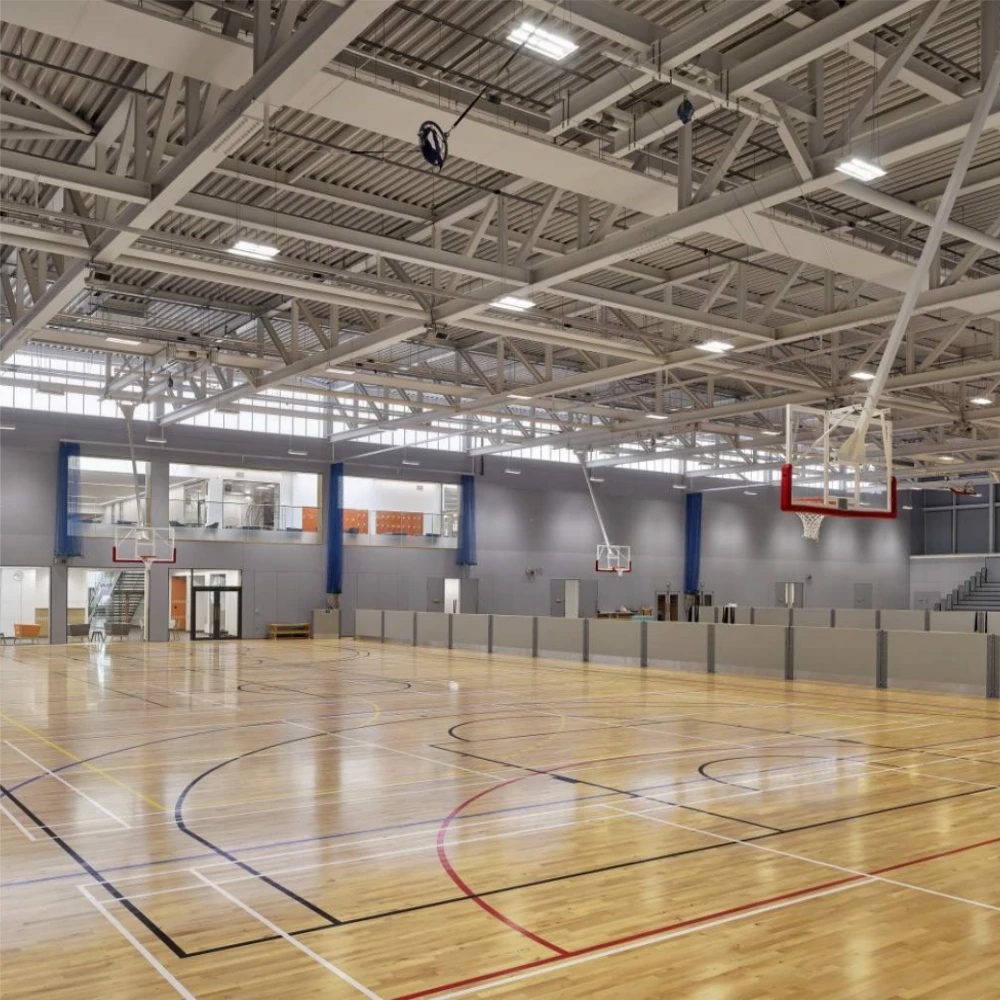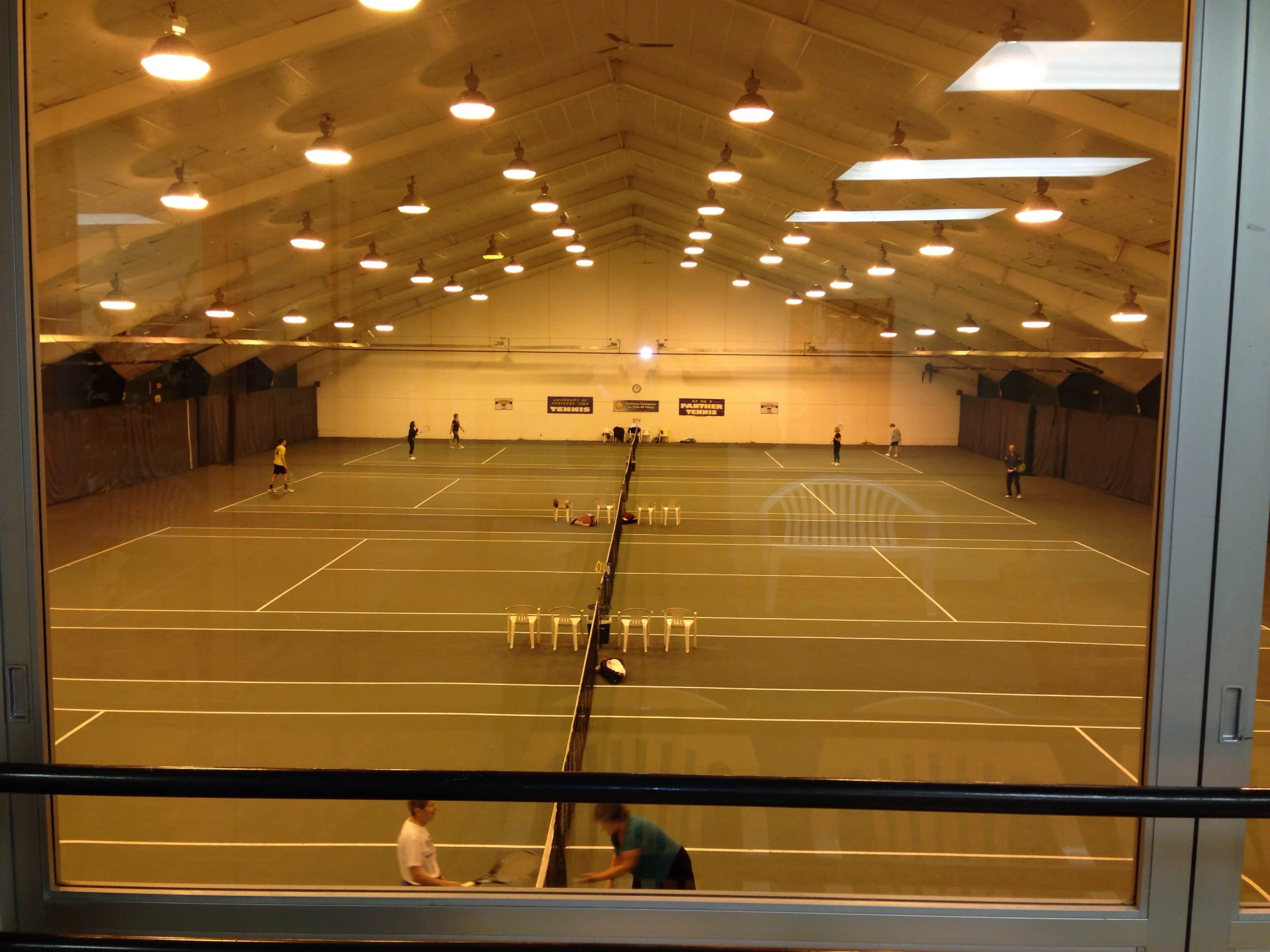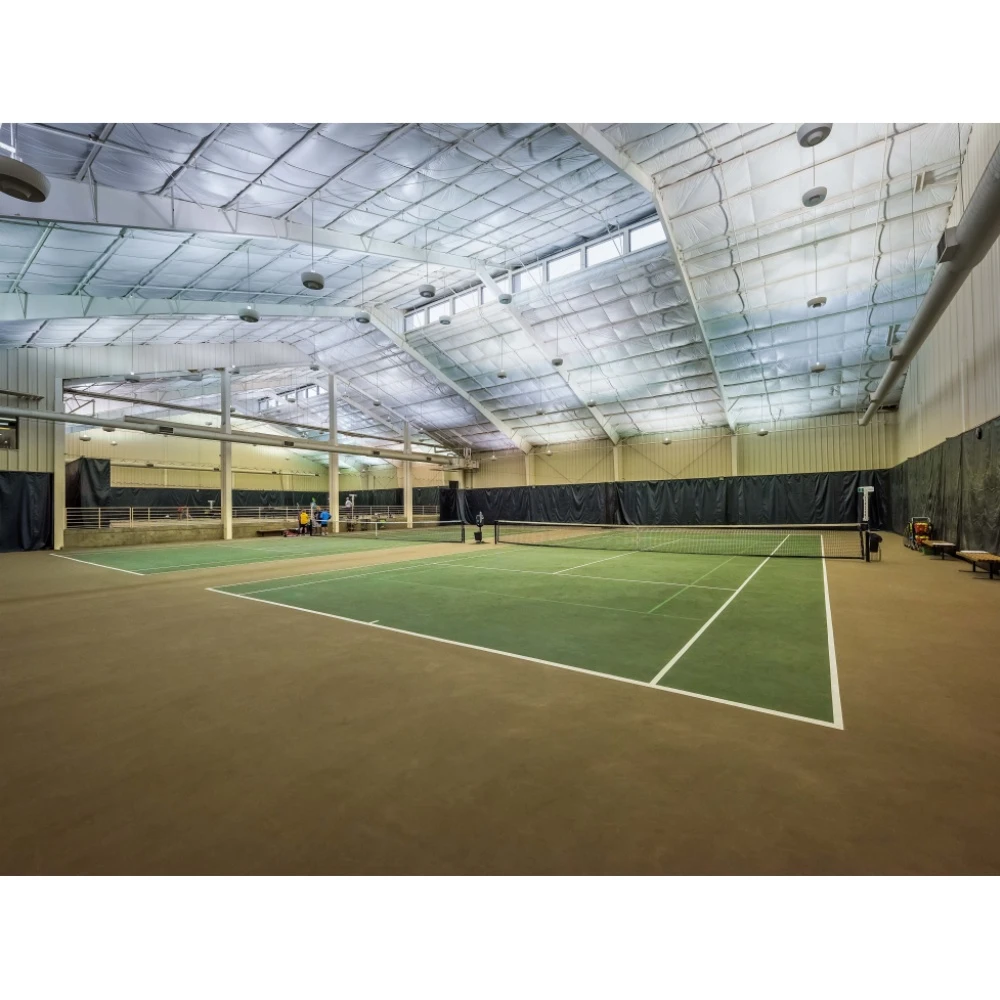- Afrikaans
- Albanian
- Amharic
- Arabic
- Armenian
- Azerbaijani
- Basque
- Belarusian
- Bengali
- Bosnian
- Bulgarian
- Catalan
- Cebuano
- Corsican
- Croatian
- Czech
- Danish
- Dutch
- English
- Esperanto
- Estonian
- Finnish
- French
- Frisian
- Galician
- Georgian
- German
- Greek
- Gujarati
- Haitian Creole
- hausa
- hawaiian
- Hebrew
- Hindi
- Miao
- Hungarian
- Icelandic
- igbo
- Indonesian
- irish
- Italian
- Japanese
- Javanese
- Kannada
- kazakh
- Khmer
- Rwandese
- Korean
- Kurdish
- Kyrgyz
- Lao
- Latin
- Latvian
- Lithuanian
- Luxembourgish
- Macedonian
- Malgashi
- Malay
- Malayalam
- Maltese
- Maori
- Marathi
- Mongolian
- Myanmar
- Nepali
- Norwegian
- Norwegian
- Occitan
- Pashto
- Persian
- Polish
- Portuguese
- Punjabi
- Romanian
- Russian
- Samoan
- Scottish Gaelic
- Serbian
- Sesotho
- Shona
- Sindhi
- Sinhala
- Slovak
- Slovenian
- Somali
- Spanish
- Sundanese
- Swahili
- Swedish
- Tagalog
- Tajik
- Tamil
- Tatar
- Telugu
- Thai
- Turkish
- Turkmen
- Ukrainian
- Urdu
- Uighur
- Uzbek
- Vietnamese
- Welsh
- Bantu
- Yiddish
- Yoruba
- Zulu
Nov . 14, 2024 09:21 Back to list
The Rise of Residential Steel Frame Construction
In recent years, the construction industry has witnessed a significant shift towards the adoption of steel frame constructions in residential projects. Traditionally dominated by wood framing, this innovative approach is gaining popularity due to its numerous advantages. This article explores the benefits, challenges, and future prospects of residential steel frame construction.
One of the primary benefits of steel frame construction is its durability. Steel is inherently resistant to pests, such as termites, and does not warp or shrink like wood. This results in structures that maintain their integrity over time, requiring less maintenance and fewer repairs. Moreover, steel frames do not suffer from issues related to moisture, making them an ideal choice in areas prone to humidity or heavy rainfall.
Another significant advantage of steel construction is its strength-to-weight ratio. Steel can support heavier loads than wood, allowing for larger spans and more open floor plans without the need for additional support columns. This flexibility enables architects and builders to create innovative designs that are not only aesthetically pleasing but also functional. The ability to create open spaces is especially attractive to modern homeowners seeking to maximize their living areas.
In terms of environmental considerations, steel frame construction presents a sustainable option. Steel is 100% recyclable, which means that it can be repurposed at the end of its life cycle, reducing waste in landfills. Furthermore, the manufacturing process for steel can be more energy-efficient than that of wood, especially when sourced from recycled materials. As sustainability becomes a focal point in the construction industry, the appeal of steel framing continues to grow.
residential steel frame construction

However, despite its advantages, residential steel frame construction does come with challenges. One such challenge is the initial cost. Steel is often more expensive than traditional wood framing, which can deter some homeowners and builders. The higher initial investments may be offset over time through decreased maintenance costs and enhanced durability, but the upfront expenditure remains a significant factor in decision-making.
Another challenge involves the thermal conductivity of steel. Unlike wood, which provides natural insulation, steel conducts heat and cold, which can lead to higher energy costs if not properly insulated. To mitigate this issue, builders must incorporate adequate insulation and thermal break materials, which can add to the complexity and cost of the project. Ensuring proper insulation is crucial for maintaining energy efficiency and the comfort of the home.
The installation process also differs significantly from traditional framing. Steel has specific requirements and necessitates specialized skills and equipment for handling and assembly. Builders transitioning from wood to steel may need additional training, which can impact project timelines and overall labor costs. However, many consider this an investment in improving overall quality and safety.
Looking ahead, the future of residential steel frame construction appears promising. Advances in technology, such as prefab steel components and improved construction techniques, are making it easier and more efficient to implement steel framing in residential projects. Additionally, as homeowners and builders alike become more environmentally conscious, the demand for sustainable building practices will likely bolster the prevalence of steel framing.
In conclusion, residential steel frame construction offers a plethora of advantages, including durability, design flexibility, and environmental sustainability. Though challenges such as cost and installation complexities exist, ongoing technological advancements and increasing consumer interest in sustainable construction practices suggest that steel framing will become a more common choice in the residential market. As the industry continues to evolve, steel framing stands poised to shape the future of home construction.
-
How Do Prefabricated Steel Structures Transform Modern Construction?
NewsJul.14,2025
-
How Do Prefabricated Metal Buildings Redefine Modern Construction?
NewsJul.14,2025
-
How Do Prefab Insulated Metal Buildings and Steel Structures Revolutionize Modern Construction?
NewsJul.14,2025
-
How Do Pre - Engineered Steel Structures Redefine Modern Construction?
NewsJul.14,2025
-
Advancing Modular Construction with Prefabricated Metal Structures
NewsJul.14,2025
-
Advancing Industrial Infrastructure with Prefabricated Steel Solutions
NewsJul.14,2025
Products categories
Our Latest News
We have a professional design team and an excellent production and construction team.












